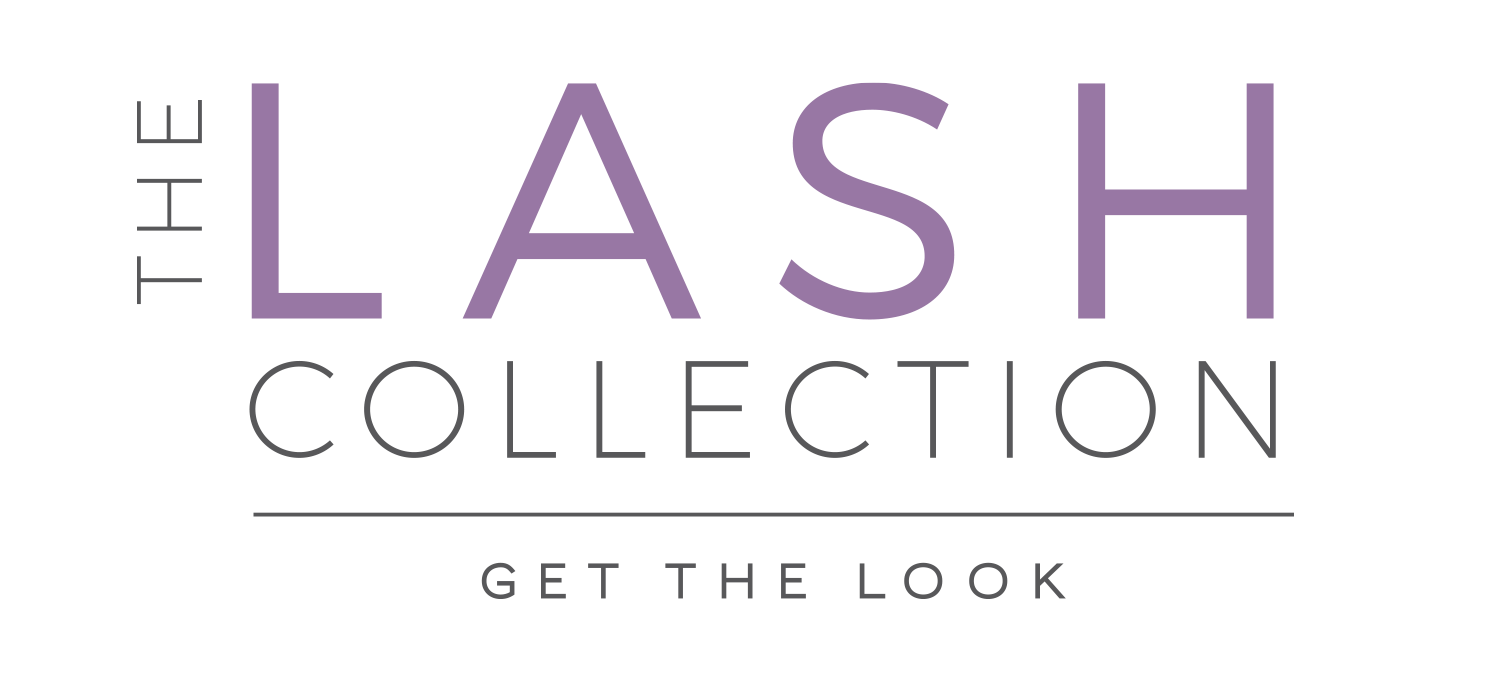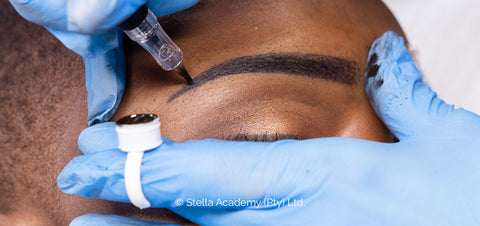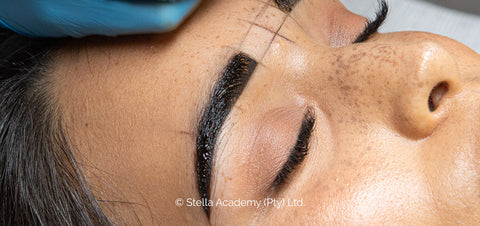As lash artists, understanding blepharitis and its various causes can help us educate our clients on how to properly care for their lashes and keep these nasty mites at bay. Let’s delve into what blepharitis is, its symptoms, types, and prevention methods.
What is Blepharitis?
Blepharitis is defined as the inflammation of the eyelid or eyelid margins. The eyelid margin is the point where the eyelashes grow from the lid. Inflammation in this area occurs when white blood cells push to the surface in an attempt to protect the eyes against foreign substances. This condition is not only uncomfortable but can also affect the health and appearance of your client's lashes.
Signs and Symptoms
Typical signs of blepharitis to look out for include:
- Irritated, itchy eyelids
- Eyelash dandruff
Types of Blepharitis
There are four distinct types of blepharitis:
1. Anterior Blepharitis: General eyelid margin inflammation.
2. Seborrhoeic Blepharitis: Characterised by eyelash dandruff.
3. Staphylococcal Blepharitis: Caused by a bacterial infection in the eyelashes.
4. Demodex Blepharitis: Resulting from a mite infection.

Prevention and Treatment
Although blepharitis is not contagious and won't cause any permanent damage to the eyes, it can be quite uncomfortable. Here are some tips to help your clients prevent and manage blepharitis:
Prevention
1. Good Eye Hygiene: Encourage clients to maintain good eye hygiene. Regular cleaning can prevent the build-up of oils and debris that can lead to blepharitis.
2. Gentle Lash Cleanser: Using a gentle lash cleanser can help keep the eyelid margins clean and free from irritants.
Treatment
If symptoms have already started to show, here’s how your clients can treat blepharitis:
1. Limit Eye Make-Up: Advise clients to limit the use of eye make-up until symptoms clear up.
2. Use a Gentle Lash Cleanser: Morning and night cleansing with a gentle lash cleanser can help reduce inflammation and remove debris.
3. Avoid Contact Lenses: Temporarily avoiding the use of contact lenses can help reduce irritation.
4. Omega-3 Supplements: Adding an omega-3 fish oil or flaxseed supplement to their daily routine can promote eye health and reduce inflammation.
Duration and Follow-Up
The symptoms of blepharitis should clear up within two to four weeks with proper care. However, it’s essential to continue with preventive measures to avoid recurrence.
By educating your clients about blepharitis and how to care for their lashes properly, you can help them maintain healthy, beautiful eyes and lashes. Remember, prevention is always better than cure, and with the right knowledge and care, blepharitis can be effectively managed and prevented.




